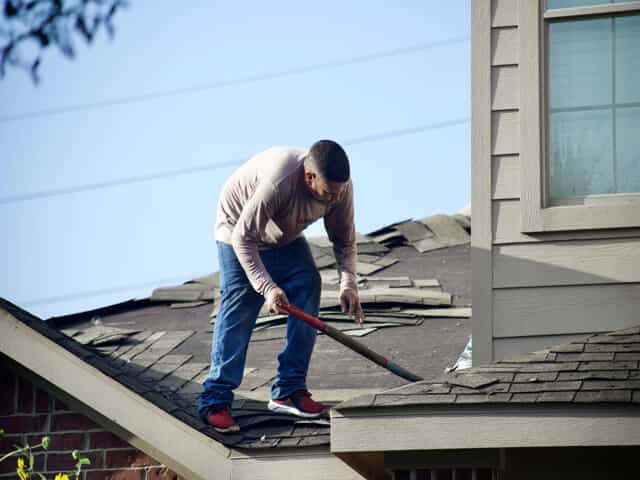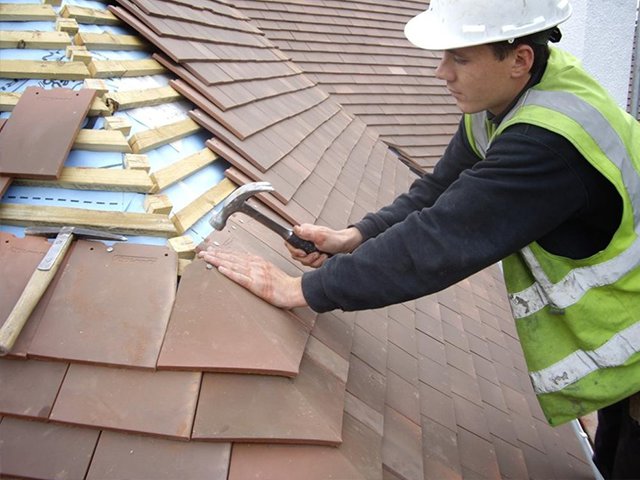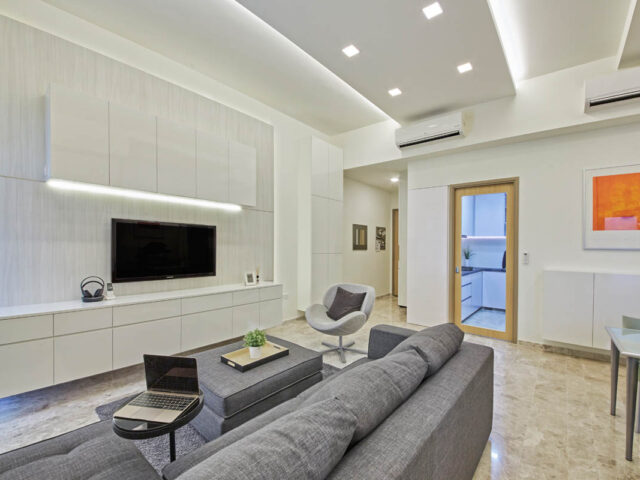There are various roof covering systems offered in today’s market, each with different toughness and weak points. Listed below I will define each system briefly and after that list the advantages and disadvantages.
Thermoplastic and PVC- Single ply, can be mechanically affixed, fully adhered, or ballasted.
Pros- Superior efficiency in ponding water scenarios. Really light-weight roofing systems, in the neighborhood of 30lbs. per 100 sq. ft. Is available in white if amazing roofing is wanted, or in a number of different shades for aesthetic concerns. Another plus with these roofing systems is that big custom-made area sheets can be gotten from the manufacturing facility, minimizing joints sealed by the crew on the job site.
Resistant to ozone, algae as well as field seams are 3-4 times more powerful than EPDM-submitted seams. There is likewise an incredible quantity of flexibility in the product. And considering that seams can be welded with hot air, there are no noxious fumes to handle. Both 15 and twenty years guarantees are available.
Cons- Being solitary ply, they are at risk to dispose of cigarettes, sharp objects dropped on the membrane, and also busted glass from containers thrown on roofing (this takes place a WHOLE LOT) I normally inhibit clients from setting up these kinds of systems if the roof covering has a great deal of foot traffic or is easily accessible to unapproved workers. In the past, material shrinking was at times a severe trouble on Thermoplastic and also PVC roofings, but changes in structure and also manufacturing have actually alleviated this problem. These roofing systems still reduce with time, though not to the point of failure as in the past.
Bottom line- Wonderful roof coverings, especially on roofs that pond water heavily, as long as the roofing is generally available just to authorized workers.
Asphalt Revised Bitumen- This roofing system is what a lot of people call a rubber roofing system when it remains in fact composed mainly of asphalt. It comes in 3 ft. wide rolls and is typically torched down with an open flame, though they can be used with hot air welders in certain conditions as well.
Pros- In my viewpoint, the largest stamina of these roofing systems is exactly how well they take on outside anxieties. They take care of foot web traffic much better than any other membrane layer, as well as are hard to pierce, specifically if they have a granulated surface area. These roof coverings are so tough actually, that many insurers won’t even identify hail storm damages as they do on other roofs (I have personally seen customized roofs definitely pounded with hail storms and also appear completely intact).

Cons- The most obvious drawback with these systems is that there is a seam every three feet, which makes for a lot of seams. If you have a thorough staff with a skilled foreman that will ensure that every seam on the roofing system is three-way inspected, you’ll possibly be great with this system. If not, you can be pretty sure you will certainly wind up with leaks relatively quickly, well prior to the warranty ends in my experience. And huge ponding locations of water on these systems will certainly break down the product too soon.
Profits- With an excellent, experienced team this can be a great roofing system on a building that does not pond water exceedingly. As well as if you have a structure with a lot of rooftop foot website traffic, this is probably the only method to go.
Foam roof coverings- This system is used with a huge spray system, spraying 2 fluid elements (isocyanate as well as material) When the liquids are blended together, they increase 20-30 times as well as will certainly follow concrete, wood, and steel, and most present roofing system systems, but according to the manufacturers, NOT to customized bitumen. For more easy-to-understand information about roofing, visit Hudson Roofing for further info.





